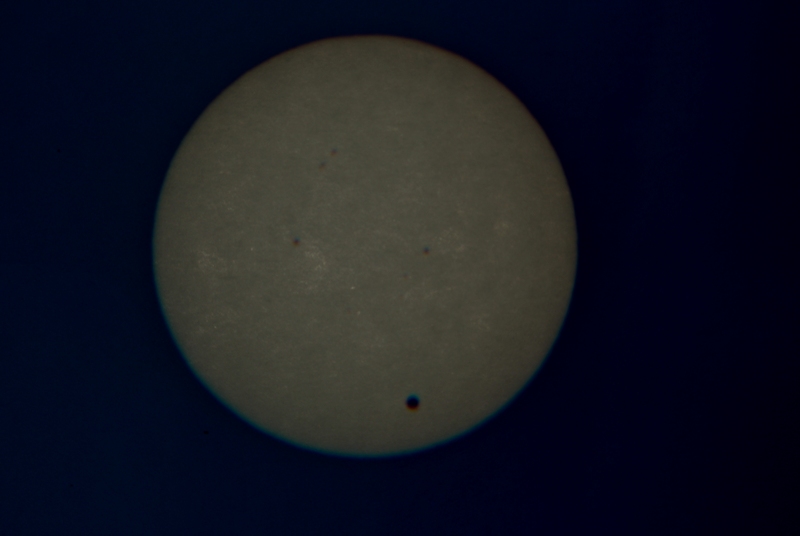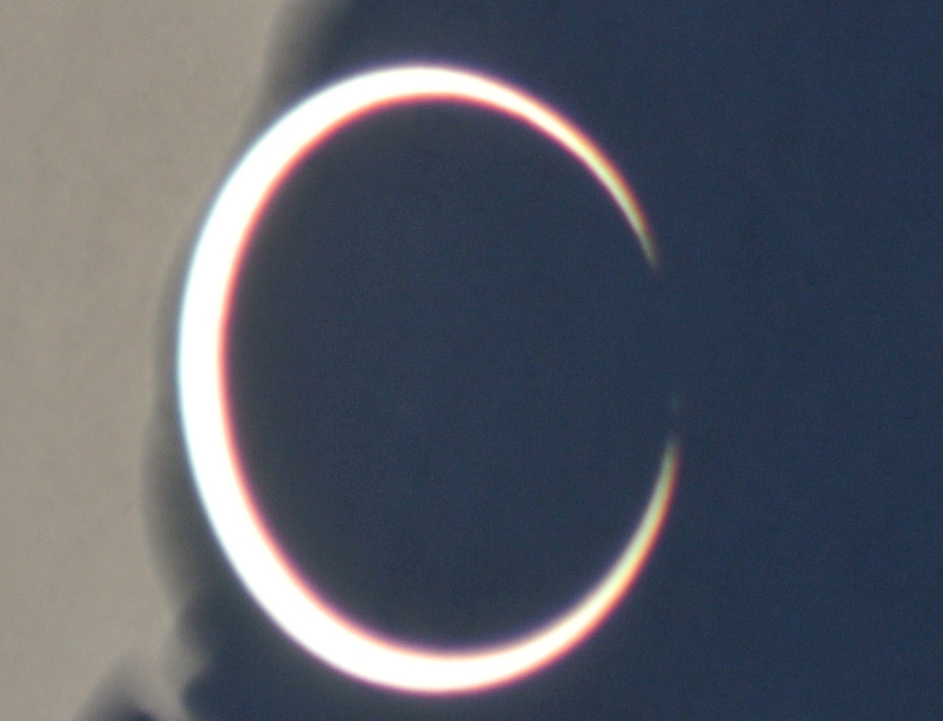A number of transitions to talk about:
First, I’m participating in a panel discussion today (Thursday June 7th) on the transition that has seen me add science writer and popularizer to my resume’. Here’s the link… free tickets required, click here for details and tickets. Sponsored by SoNYC (Science online New York City), panel discussion entitled “Reaching out of the Ivory Tower”, about the experiences of scientists who are reaching out to the public. Panelists: Ethan Perlstein, Sarah Weisberg, Matt Strassler, Jeanne Garbarino. Location and time: Weiss 305, Rockefeller University, East 66th and York Ave. New York, NY, 7:00 PM. Presenting science to the public in a digestible but honest form is something I feel is important, and I’ll have a few words to say about why I chose to do it now and why via a website and blog. And then I guess the floor will be open to questions, so come on by and ask one!
Reminder: again in New York, Saturday June 16th at 2pm, I’ll be giving a lecture (click here for details): THE EINSTEIN OBSESSION: SCIENCE, MYTH AND PUBLIC PERCEPTION.
Next: I hope you all enjoyed seeing Venus in transit across the Sun Tuesday, in whatever method you chose. If you missed it live, there are of course opportunities to see films of the event — and they’ll save you time, since they’re all speeded up so that the hours pass in a minute or so. Nice views of Venus are complemented by several good-sized sunspots that are roughly the size of the Earth. Venus, you may recall, is the same size as the Earth, but as it was only a third as far away as the Sun yesterday, it appeared three times larger in radius (10 times larger in surface radius) than those sunspots. I managed to see it with the naked eye (with eclipse glasses), but just barely… so tiny! (By the way, if you missed my article on how a transit of Venus was used to obtain the first high-precision measurement of the distance to the sun, here’s the link.)
Here’s one of my own best shots, which I show you not because you can’t find better shots on the internet but because I have learned that most people do not realize you can get such nice views of the sun with so little work.

It’s really quite easy. And though there won’t be any more transits of Venus for us to see, there will be bigger sunspots, transits of Mercury, and solar eclipses to watch over the coming 15 years, so you may as well learn how to do this. You just aim the binoculars, big side toward the sun (as though someone were going to look at the sun — BUT DON’T LET ANYONE LOOK, of course), in the rough direction of the sun, wiggle the binoculars until the shadow of the binoculars becomes as small as it possibly can (which tells you they are aligned with the sun) and at that point the sun will shine through the two sides of the binoculars, giving you two images. Put a lens cover on one of the sides if you want to just get one image. Then let the image project onto something white and smooth that can serve as a screen. By moving the screen forward or back you can get a larger or smaller image; by using the focus on the binoculars you can bring the image of the sun into focus. Works great!
Here’s a picture, taken in a similar way, from the annular eclipse last month — a transit of the moon, even though we don’t usually call it that — taken the same way. I like this shot (though focus is imperfect and it was taken from a funny angle) because where the moon’s shadow touches the sun’s limb you can see a bit of light shining between mountain ranges on the moon!

Venus, passing between the Sun and the Earth on Tuesday, has now transitioned from an object in the evening sky to one in the morning sky; if you want to see it, large and a very thin crescent through binoculars, you’ll need to get up early, before sunrise. Not yet, though; it will be a few days before Venus is far enough from the Sun to pick out in the dawn sky. For now, you can see Venus via the SOHO satellite, which blots out the sun so what’s nearby can be observed.
A final transition: Ray Bradbury died. Bradbury was one of the 20th century’s great science fiction writers, and I especially enjoyed reading his stories because he didn’t write classic geeky science fiction. His work was much more thoughtful and human than that. I think one could make a case that what made his writing unique was that he didn’t separate science from the rest of life. It’s a good example for the rest of us to follow.



3 Responses
@doctroid, as well as everyone else: It seems that even the first, 2032 transit visible from Mars will be seen by human eyes – at least if the project in development does not, for unforeseen reasons, stumble somewhere along the way.
Now, before you take me for some lunatic (or is it ‘marsiatic’?), let me name one of the people involved: Gerard ‘t Hooft. The first time I heard of the project I was skeptical myself, but seeing him (who’s first reaction when confronted with it had also been disbelief!), of all people, speaking about it with such enthusiasm and confidence… well, what could I do but let my skepticism drop off me. See for yourselves at:
mars-one.com
Cheers.
I’m going to pick on your statement “And though there won’t be any more transits of Venus for us to see…” But there will, within the lifetimes of many people now alive, in 2030, 2032, 2059, and 2064. The catch of course is that these transits of Venus will not be seen from Earth, but from Mars. I am hopeful that at least one of these will be seen by human eyes. I certainly hope that, in 2084, there will be people watching the transit of Earth.
You’ve done a terrific job of making science accessible. It’s been a joy and wonder to keep up with your posts. Often I’ve thought about some topic (usually about LHC particle physics or mass/energy relations), and -boom- I get a notification that you just wrote a post about it.
I hope to make the seminar tonight…we’ll see if any tickets are left by the time I know my family’s schedule!
Anyway, you do a terrific, pro-active job with outreach. Presenting topical facts in an understandable (and patient!) manner.
I began another form of outreach – perhaps not as educational, but entertaining anyway – delivered in the form of fictional news articles about topical science.
The debut post just went up yesterday:
Venus Transit Primes Earth For Alien Invasion
http://wp.me/p2uEw0-1
Thanks Matt — All the best, and keep up the good work!
Tim
SnarkyScience.com